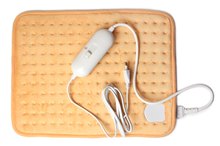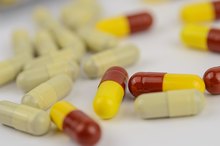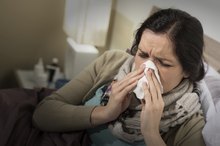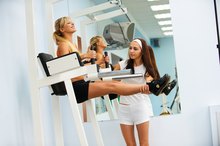How to Reduce Arm Pain After Donating Plasma
Donating plasma helps people suffering from chronic illness, severe burns or trauma, as they receive vital plasma protein therapies that can improve the quality of their lives. The procedure is usually relatively painless, similar to getting blood drawn for lab tests or getting stung by a bee. If you experience more moderate pain or discomfort after donating plasma, there are some simple self-care procedures you can follow to help manage the soreness.
If you are experiencing serious medical symptoms, seek emergency treatment immediately.
Wrap up in a blanket or heating pad. This staves off pain caused by stiffness and aches from feeling cold. Many patients report feeling chilled during the procedure, as blood is filtered through the plasma separation process before being returned to the body. This chill can give you temporary cold or flu like body pains.
How to Counteract Feeling Tired After You Donate Plasma
Learn More
Position an ice pack or damp washcloth on the back of your neck. This will help if you feel dizzy or nauseated along with pain, instead of a chilled pain. Sit down in a comfortable position, and breathe deeply with this compress on the back of your neck until you feel some relief.
Take a non-prescription pain reliever, if you can tolerate it, with a full glass of water. Take only as directed on the bottle's instructions. Non-prescription pain relievers can take the edge off your pain and reduce inflammation at the donation site.
How to Treat Soreness From a Shot
Learn More
Take a day off. Taking it easy for 24 hours can eliminate longer-term pain or discomfort.
Tips
Try eating a small easy-to-digest meal along with the steps outlined above. Sometimes, increasing your body's glucose and energy stores can help reduce pain in conjunction with other self-care procedures.
Warnings
If you continue to feel pain, or if your pain worsens, contact your health care provider immediately.
Related Articles
Tips
- Try eating a small easy-to-digest meal along with the steps outlined above. Sometimes, increasing your body's glucose and energy stores can help reduce pain in conjunction with other self-care procedures.
Warnings
- If you continue to feel pain, or if your pain worsens, contact your health care provider immediately.
Writer Bio
A writer and professional lab assistant based in Seattle, Kate Bruscke has been writing professionally about health care and technology since 1998. Her freelance clients include "The Seattle Times," KGB.com, Reading Local: Seattle, Nordstrom and MSN/Microsoft. Bruscke holds a Master of Fine Arts from The School of the Art Institute of Chicago.









